Destructive chewing is a common complaint we dog parents have about our furkids. And it can be very frustrating, especially when returning home from work to find them causing some severe damage to the property, like your shoes, rugs, furniture, door frames, their bed and blanket, and just about anything they can put in their mouth.
And a dog’s undesirable chewing and biting usually start since they were puppies due to their teething discomfort. If not addressed promptly, there’s a good chance they will continue to do that and may become worse after they’ve turned into a fully grown adult, though it is true that some puppies will outgrow that hectic chewing phase.
Some dogs will also chomp things after showing months of good behavior, and there are many reasons why they did that. It could be due to them suffering from separation anxiety, boredom, frustration, health problems, hunger, or simply because they want attention from you!
Whatever the reason it may be, here are the seven things you can do to stop your canine from chewing and destroying your house.
1. Teach Your Dog to Chew the Right Object
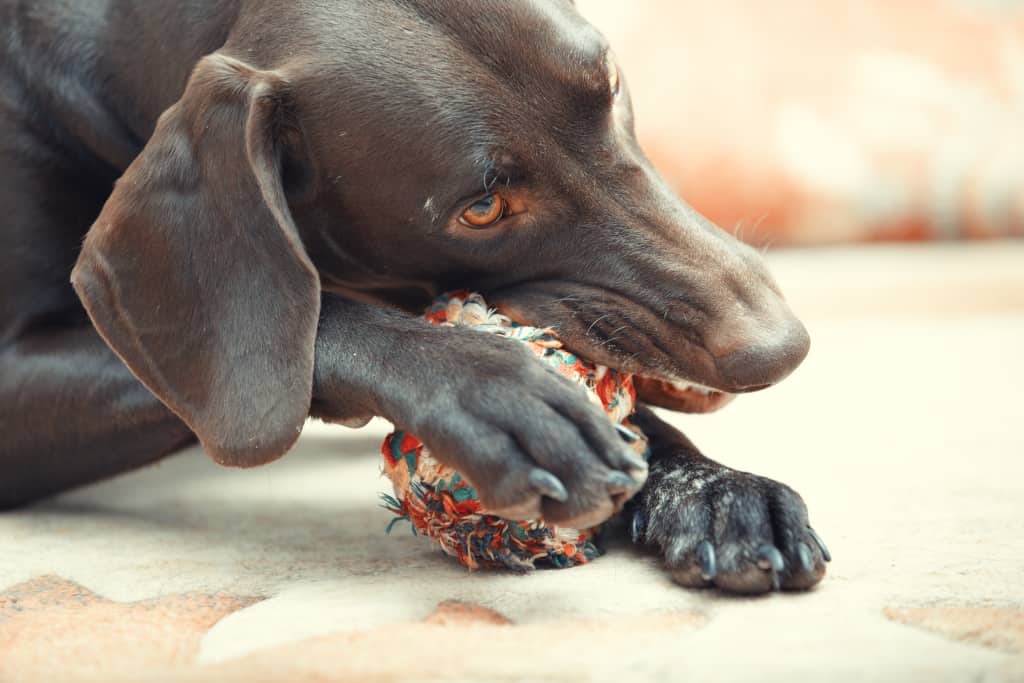
First, you need to teach and encourage your pup to chew on the right object. If you catch your fur friend chewing things they shouldn’t, interrupt them with a loud noise and offer them appropriate items to chew instead, like stuffed chew toys. One thing though, make sure to select the right size toy with fun and appealing textures. That way, they will be able to enjoy it and leave your furniture alone for hours. And make sure to replace the toy once it starts to fall apart or become too small for them to chew safely.
And if you plan to give your fido rawhide bones or other edible chews, you would want to supervise them to keep them from chipping small pieces off the chews and swallow to minimize the risk of choking and prevent the fragments from becoming lodged in their digestive tract. Also, avoid giving them cooked, fried, or steamed bones. The reason is that those bones are very brittle, meaning they are very likely to splinter and injure your pup.
2. Dog-proof Your House
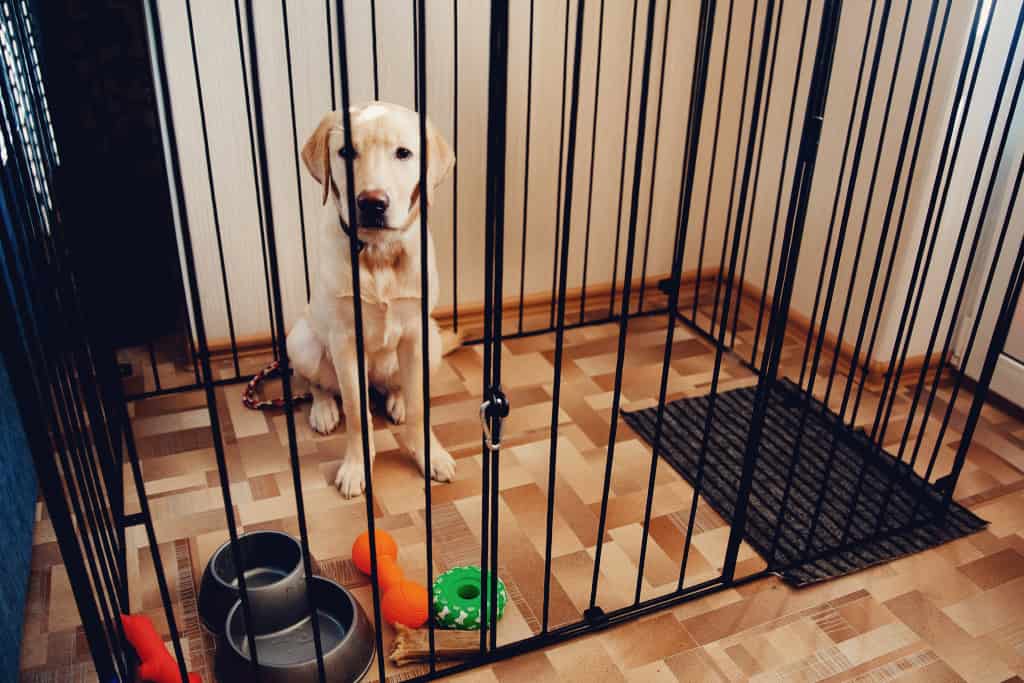
You would also want to dog-proof your house and keep an eye out for them, especially when they are still learning what they are allowed or not allowed to chew. Put away items that pose a hazard to your furkid, like knives, coins, jewelry, and cleaning supplies. And keep shoes, clothing, remote controls, and anything you don’t want them to mouth at out of their reach.
And obviously, you won’t be able to supervise them 24/7. So, when you need to leave your fido alone, even if it is just a quick trip to the nearby grocery store, it’s a good idea to confine them and put them in a safe dog-proof space like a dog crate where they can’t find inappropriate items to chew.
3. Give Your Dog Physical and Mental Stimulation
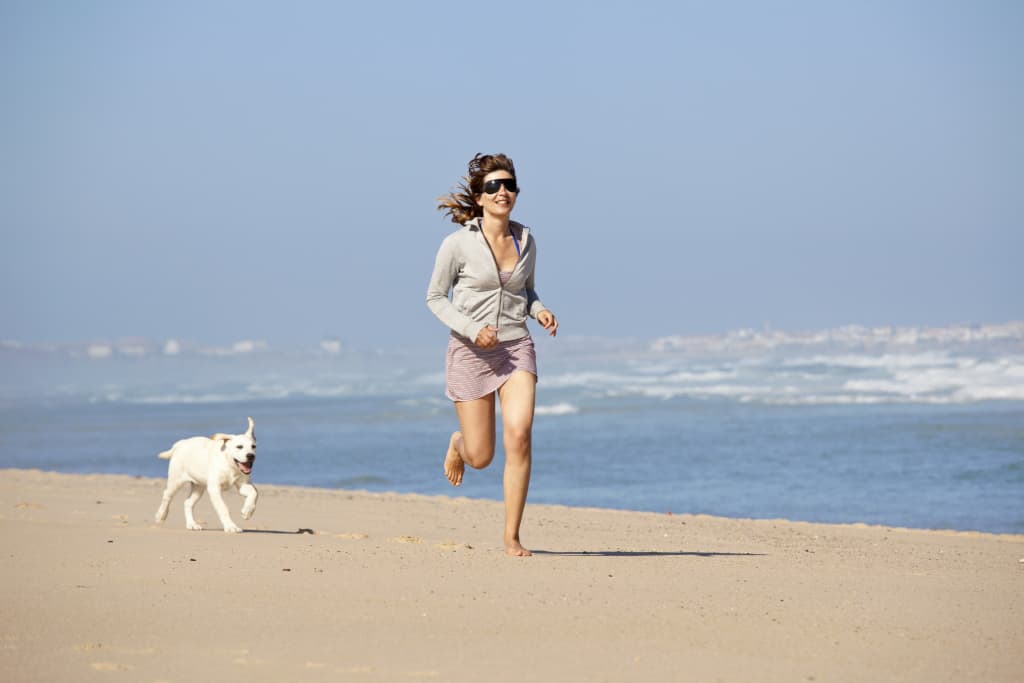
Just as we humans bite our fingers when we are nervous, anxious dogs will chew things to relieve stress. And one study has found that dogs who have less exercise are more likely to have anxiety-related behavioral conditions. So, make sure to provide your furkid with plenty of physical and mental stimulation, including taking them out for hikes, runs, or walks and teaching them new tricks and commands to prevent them from developing anxiety and becoming anxious, ultimately reducing unwanted chewing.
4. Coat Your Furniture with Chewing Deterrents
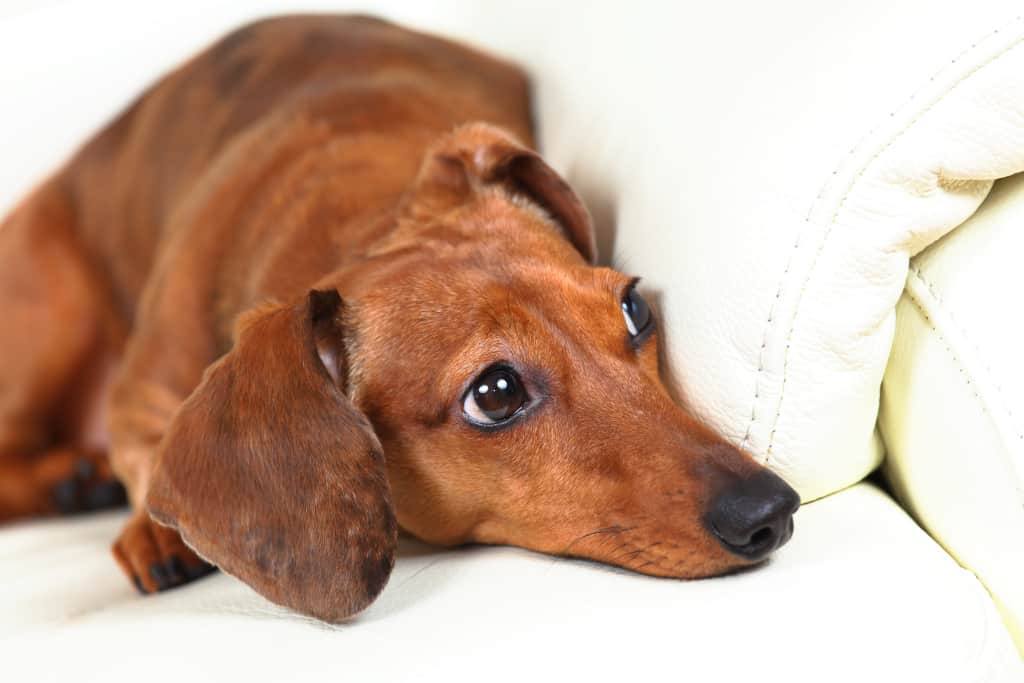
Other than that, you can also coat your furniture or things you don’t want your furry friend to sink their teeth into with chewing deterrents. These products have bad-tasting liquid designed to discourage dogs from chewing things you sprayed.
One thing though, simply spraying your furniture without introducing your pup to these products won’t be as effective. You will need to apply a small amount of the liquid to a tissue or cotton wool and place it straight in your dog’s mouth to let them taste it. And you should see their disgusted reaction, for instance, trying to spit it out or shaking their head. You would then want to let your fido smell it and ensure they don’t have access to water for roughly an hour.
The purpose of that is to help them associate that bad-tasting liquid with the smell, and as a result, will leave coated objects alone.
5. Use a Pet Camera
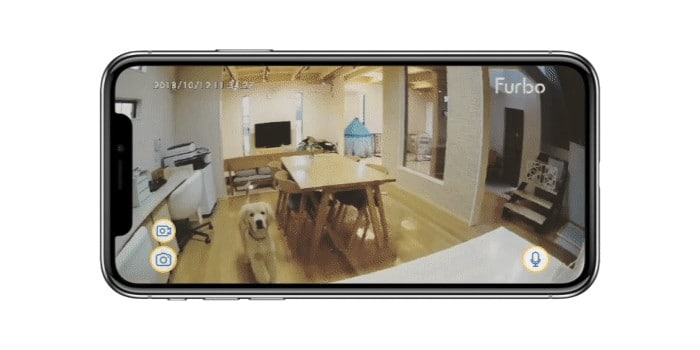
If you often aren’t home, you can consider getting a pet camera. It essentially is a device that allows you to check on your canine while you are away, and some cameras will even alert you in real-time when it detects your dog barks, jumping on furniture, or chewing on cords. What’s even better is you will have the ability to communicate with your pup and toss them treats remotely. That also means you will be able to interrupt and correct their unwanted chewing behavior on the spot, even when you aren’t home!
6. Don’t Chase Your Dog
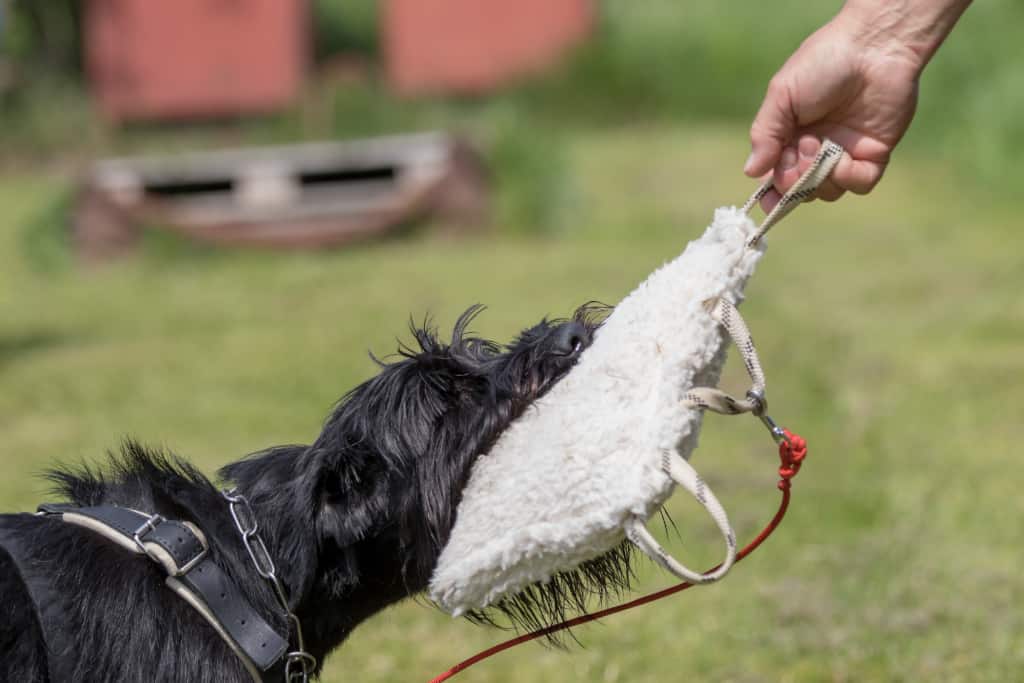
And you should never chase your dog if they pick up your shoes, socks, and other household items and run. The reason is that a game of chase is fun for dogs! Chasing your furkid will not only reinforce chewing, but you are essentially teaching them that when you walk towards them, the game is about to start, which can ruin your fido’s recall. So, what you need to do in this case instead is to either use the “drop it” command to get them to drop whatever they have in their mouth or call them back and give them a treat.
7. Rule Out Medical Issues
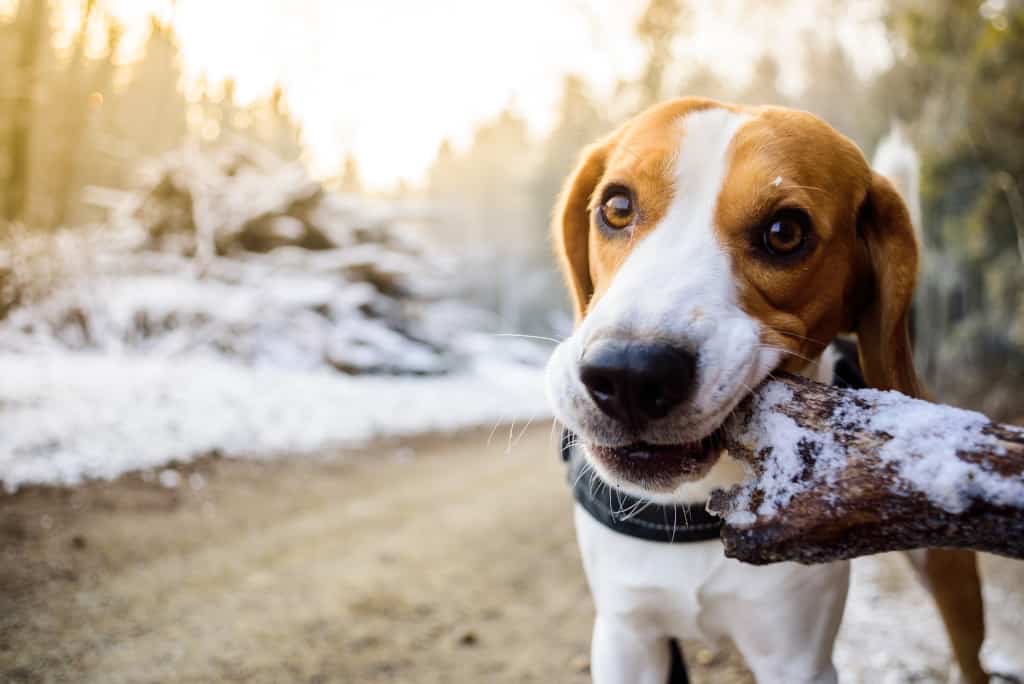
Lastly, dogs who have an unbalanced diet can lead to Pica. It is a condition that is often mistaken for unwanted gnawing problems as dogs will crave and tend to eat non-food items compulsively. Gastrointestinal problems are also known to lead to inappropriate chewing in dogs, as chewing can help them cope with and relieve the discomfort of sickness. So, make sure to take them to your vet to rule out any underlying medical conditions if you see your canine chewing everything in the house.
Final Thoughts
While we all understand that destructive chewing is dangerous for dogs and can be frustrating when helping them learn what they can or cannot chew, you have to be patient. Don’t hit, spank, scold, or use any negative punishments at all. As that will not only fail to correct undesirable chewing, but you will also create additional fear and stress for your pup, which may, in turn, make the matter worse and provoke other unwanted behavior. Good luck!

